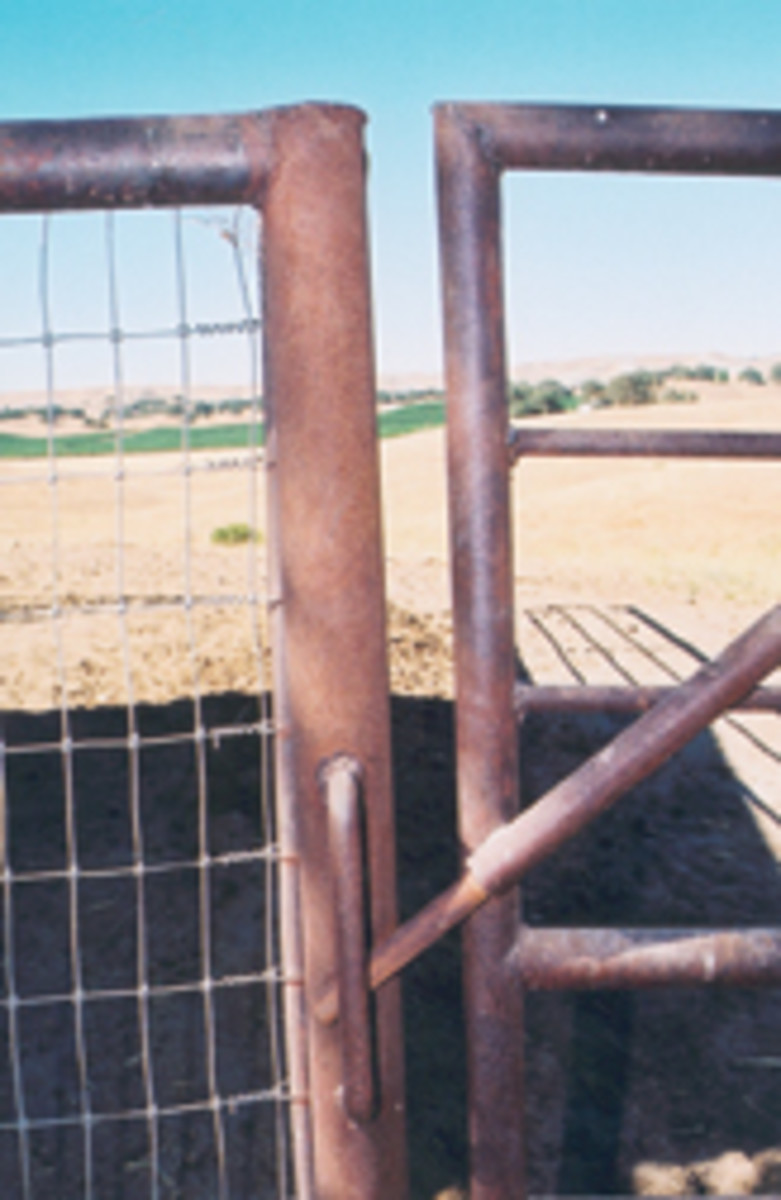The horse, by its very nature, seems prone to getting injured in any type of enclosure. I believe some of the factors contributing to this phenomenon are horses’ size, build and temperament.
Because of a horse’s mass and speed, should one “spook” and hit a solid fence, he’ll hit it with such force that a fractured skull or neck can result. Horses evolved with a “fight or flight” reflex that can cause them to run into something in their effort to escape a perceived threat. When they’re running away from something they’re not necessarily looking where they’re going.
The build of horses’ distal limbs causes them to get hung up in fences, because the foot is larger than the leg just above it. So when they get stuck and try to pull away, injury to the heel or pastern area ensues. The horse is also a very social animal, and interaction with another horse on the other side of the fence contributes to getting into trouble.
The evolution of fencing material over the years has cut down on the incidence and types of wounds that horses incur. Forty years ago, I practiced in a ranching area and spent a lot of time treating barbed-wire lacerations involving the posterior pastern or bulbs of the heel.
These wounds resulted in tissue that was severely traumatized or shredded, and weren’t amenable to being stitched up. Long-term bandaging and healing by granulation (filling in with scar tissue) was the treatment.
With more solid-type fencing, I tend to see more wounds to the head area, or blunt trauma resulting from getting a leg hung over a pipe or in a space between the gate and a post. The horse’s size, strength and reaction to escape typically result in blunt trauma that also requires other approaches than just stitching up to effect a cure.
I believe that a horse on a place by himself is less likely to get into trouble with fence wounds than horses that are over the fence from other horses. Horses tend to play or otherwise interact with each other by rearing, pawing or kicking, and this activity is often what gets them into trouble.
What type of fencing to use with horses is a personal preference. Board fences, in my opinion, are very safe. But they’re a constant maintenance problem. Wooden posts rot off, horses chew wood and nails come loose.
Non-climb wire on solid pipe posts with a top pipe welded into place is safe and durable, in my opinion. The initial cost of this type of fence is significant, but may pay for itself over time. It seems no matter what kind of fence you use to enclose your horses, you can have a problem with fence wounds. It’s the nature of the beast.STW













